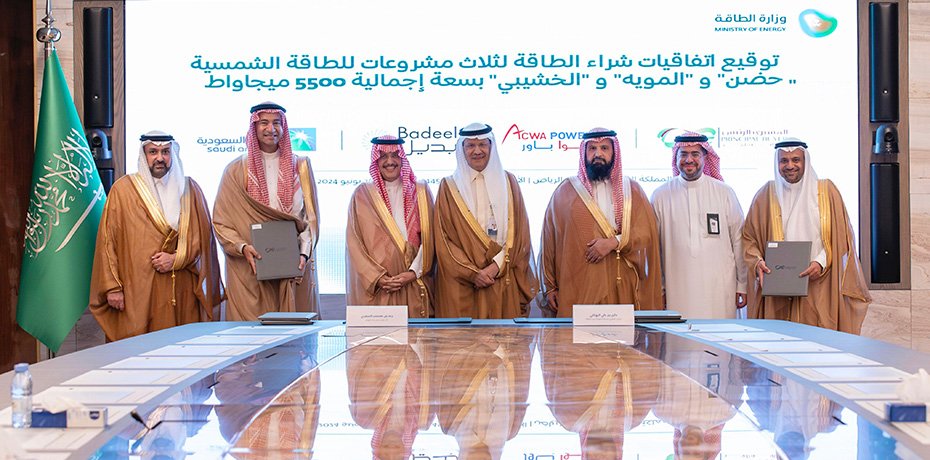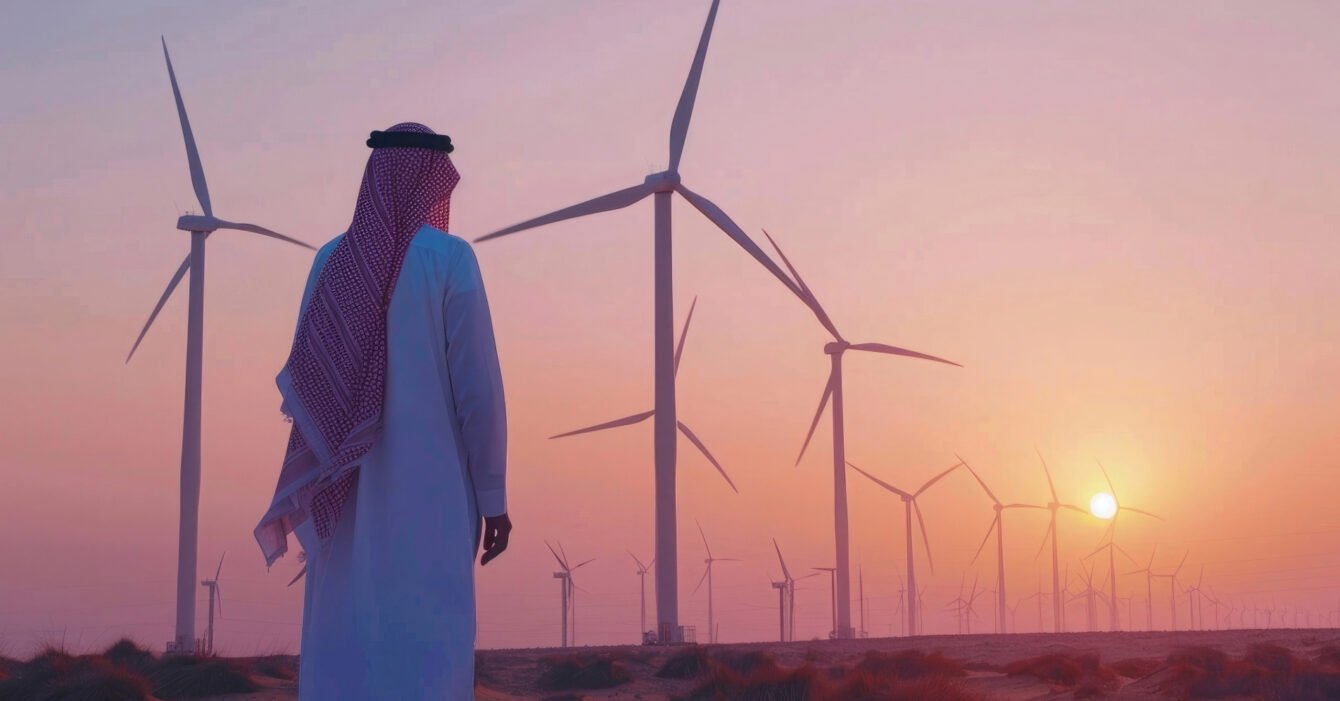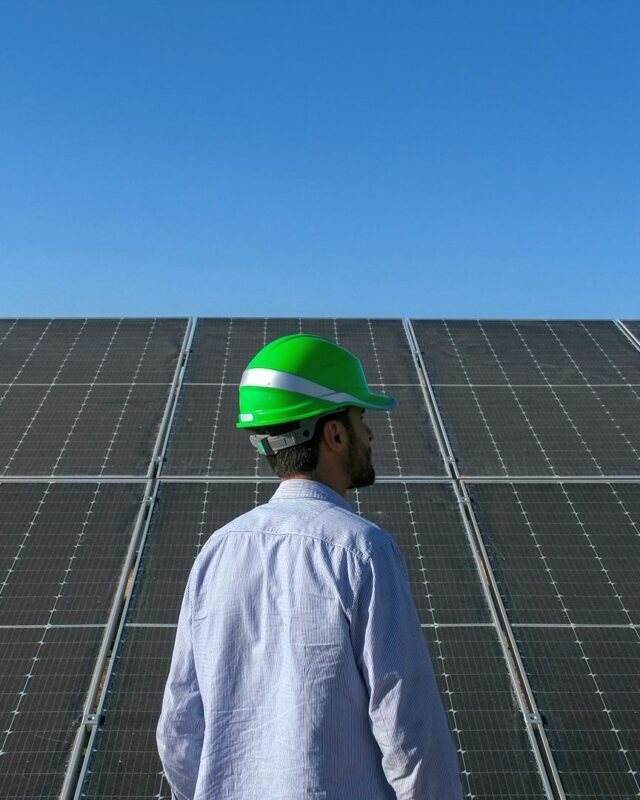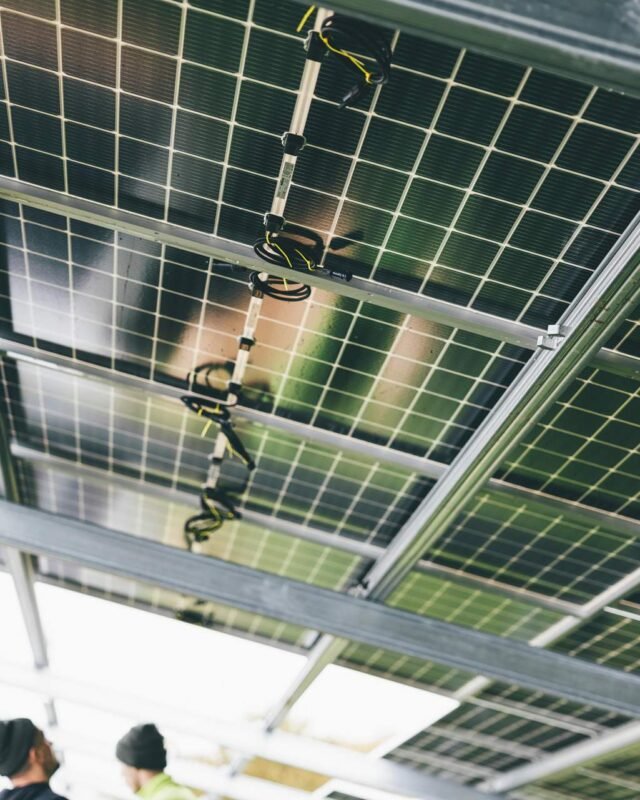Introduction
The global challenge of maintaining energy supplies is driven by population growth and the depletion of fossil fuels. Efforts at both national and international levels aim to establish a robust renewable energy sector. This goal is particularly challenging for oil-producing countries like Saudi Arabia, where the abundance of non-renewable energy sources can hinder the adoption of renewable alternatives. Despite these obstacles, the development of renewable energy Saudi Arabia is on the rise, with several significant projects underway. This article explores these projects, government initiatives, investment opportunities, and the challenges faced.
Government Initiatives in Renewable Energy
The Saudi government has launched several initiatives to promote renewable energy, aiming to reduce the country’s dependence on fossil fuels. The cornerstone of these efforts is the Saudi Vision 2030 plan, which targets generating 50% of the nation’s power from renewable sources by 2030. This ambitious goal is supported by the Saudi Green Initiative, which emphasizes sustainability and environmental stewardship.
One of the flagship projects under this initiative is the National Renewable Energy Program (NREP), which seeks to increase the renewable energy capacity to 58.7 GW by 2030. . The program has facilitated the development of significant solar and wind projects across the Kingdom, leveraging its abundant natural resources.
Major Renewable Energy Projects
Saudi Arabia is home to several large-scale renewable energy projects that underscore its commitment to sustainable energy. The Dumat Al-Jandal wind farm stands out as the largest wind farm in the Middle East, with a capacity of 400 MW. In addition, ACWA Power has secured substantial funding for the development of two 1,800 MW combined cycle power plants in Madinah and Qassim, with a total investment of SAR11.4 billion ($3 billion).
Furthermore, three new significant solar photovoltaic (PV) projects – Haden, Muwayh, and Al Khushaybi – have been unveiled. These projects will add a combined capacity of 5,500 MW and are valued at SAR12.3 billion ($3.3 billion). Expected to be operational by the first half of 2027, these solar PV projects represent a major milestone for the NREP and demonstrate the Kingdom’s ongoing commitment to expanding its renewable energy portfolio.

Investment Opportunities
Saudi Arabia’s shift towards renewable energy presents numerous investment opportunities. The government has created a favorable environment for both local and international investors by implementing competitive bidding processes and offering attractive incentives.
Investors can explore various sectors, including solar power, wind energy, and emerging technologies such as hydrogen and battery storage. The Jafurah unconventional gas field, with an investment of $100 billion, also highlights the potential for significant returns in the energy sector. These initiatives not only promise substantial financial returns but also contribute to global sustainability goals.
Challenges in Renewable Energy Development
Despite the promising prospects, several challenges stand in the way of Saudi Arabia’s rapid development of renewable energy. One of the primary challenges is the intermittency of renewable energy sources like solar and wind, which requires robust grid infrastructure and energy storage solutions to ensure a stable supply.
The ambitious targets for renewable energy announced by the Kingdom may also seem overly optimistic. The combined output from the first three rounds of REPDO projects reached only 3.1 GW, and subsequent rounds have shown incremental increases. With projects amounting to 20.9 GW over several years, the goal of adding 20 GW in 2024 alone appears highly ambitious.
Moreover, scaling up renewable energy capacity to the required levels would mean installing significantly more per capita than other leading nations have managed in their peak years. This comparison highlights the substantial challenge in meeting these targets within the given timeframe.
Human capital is another critical issue. Although ACWA Power has expanded its workforce significantly, only a third of its employees are based in Saudi Arabia. This indicates limitations in local expertise and workforce availability, which could impact the timely completion of projects. The Saudi finance minister acknowledged these constraints in late 2023, noting that project delays were partly due to human resource shortages.
Conclusion
In conclusion, Saudi Arabia’s journey towards renewable energy is marked by significant projects, proactive government initiatives, attractive investment opportunities, and considerable challenges. By focusing on sustainable development, the Kingdom is not only securing its energy future but also contributing to global efforts to combat climate change. As the country continues to evolve, renewable energy Saudi Arabia will undoubtedly play a pivotal role in shaping the energy landscape of the future.




